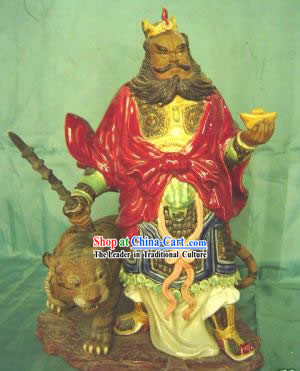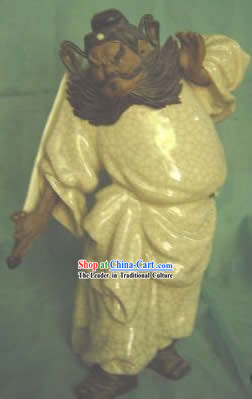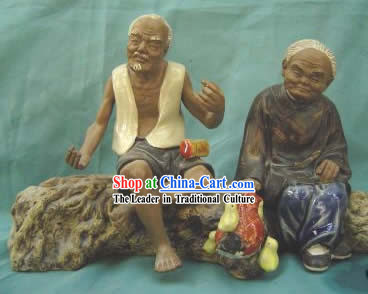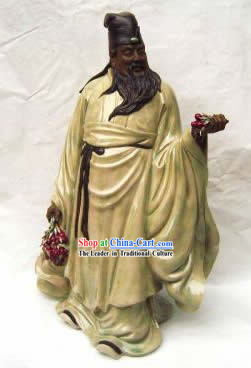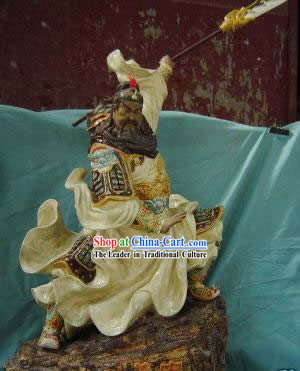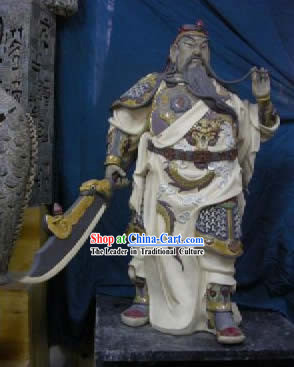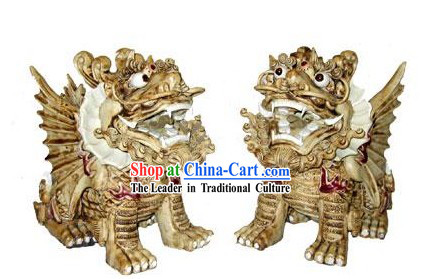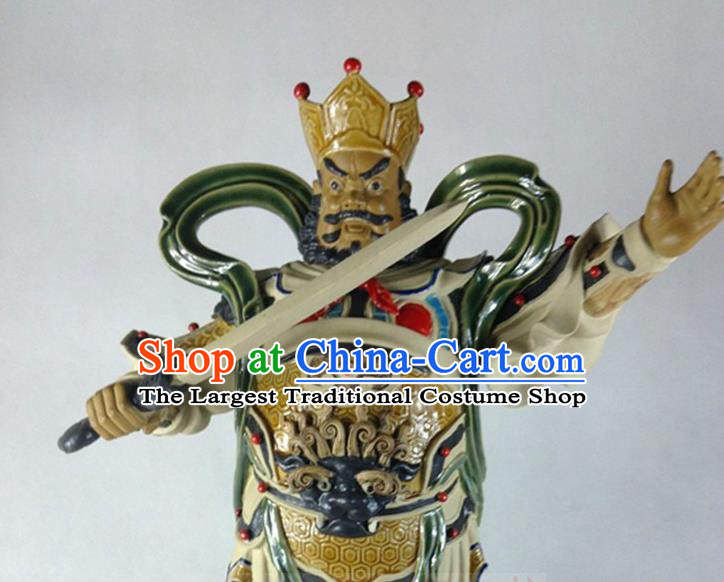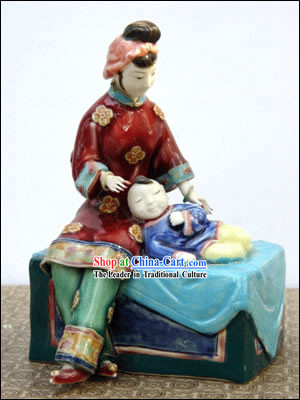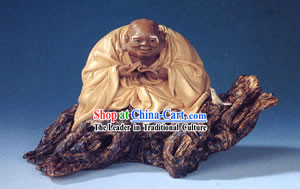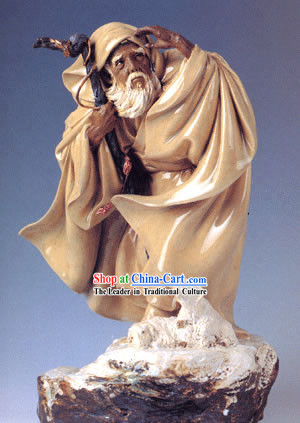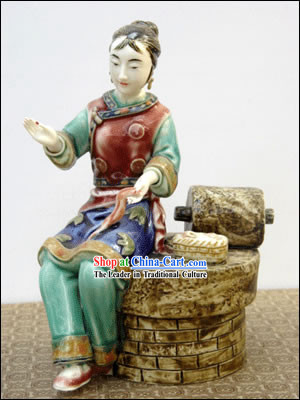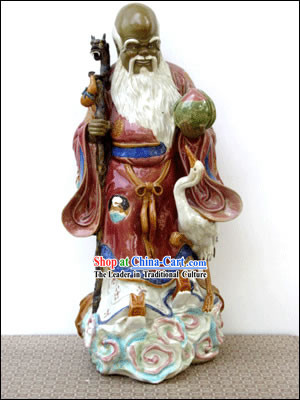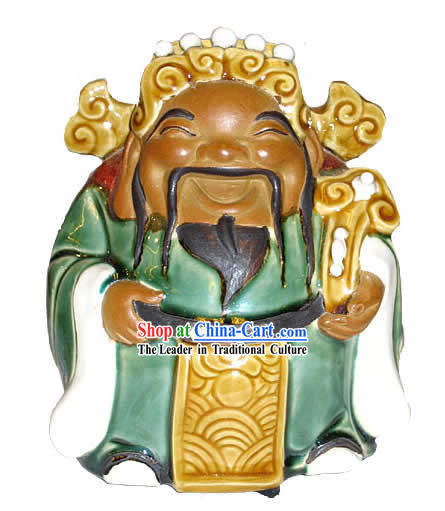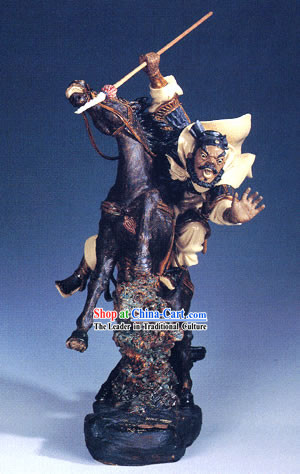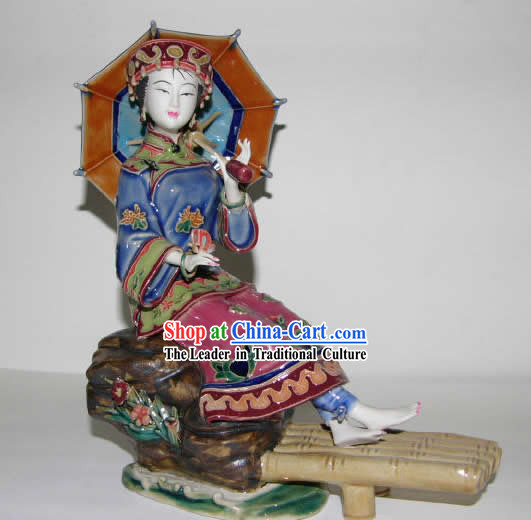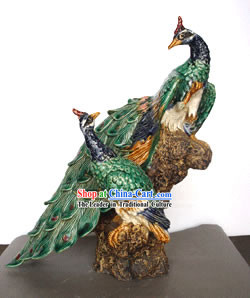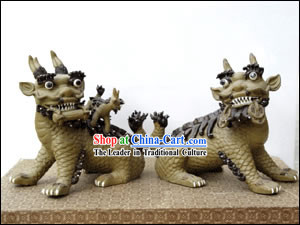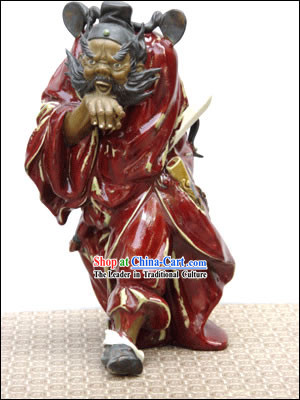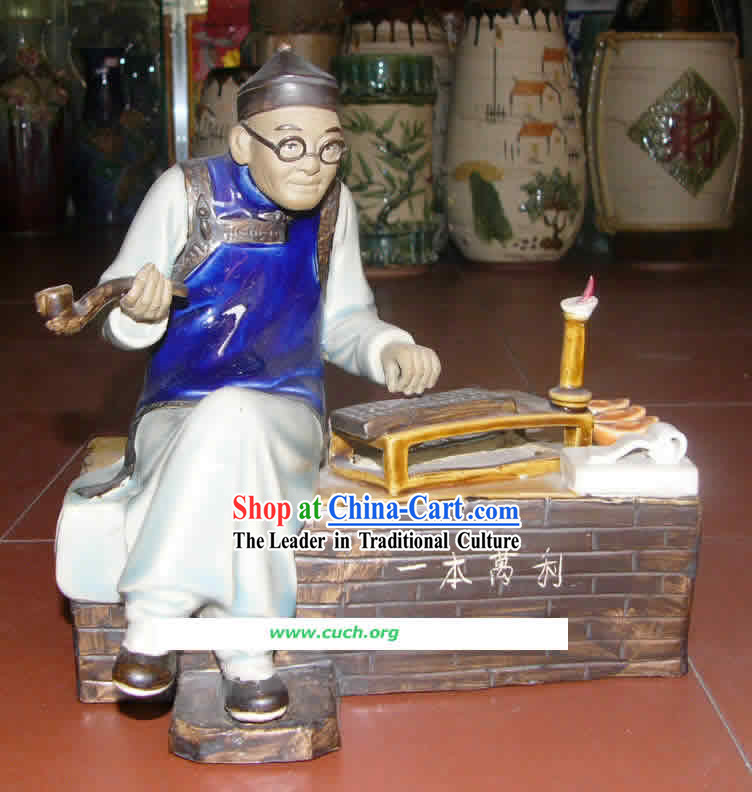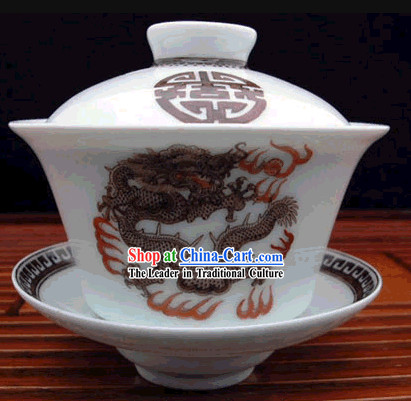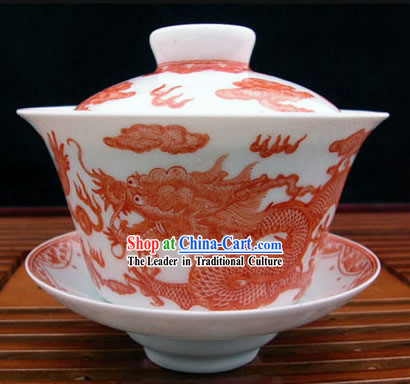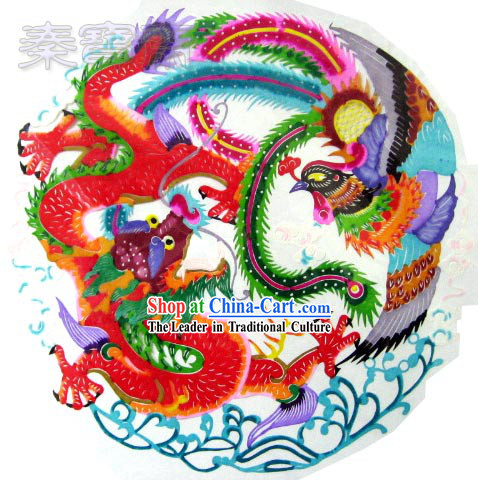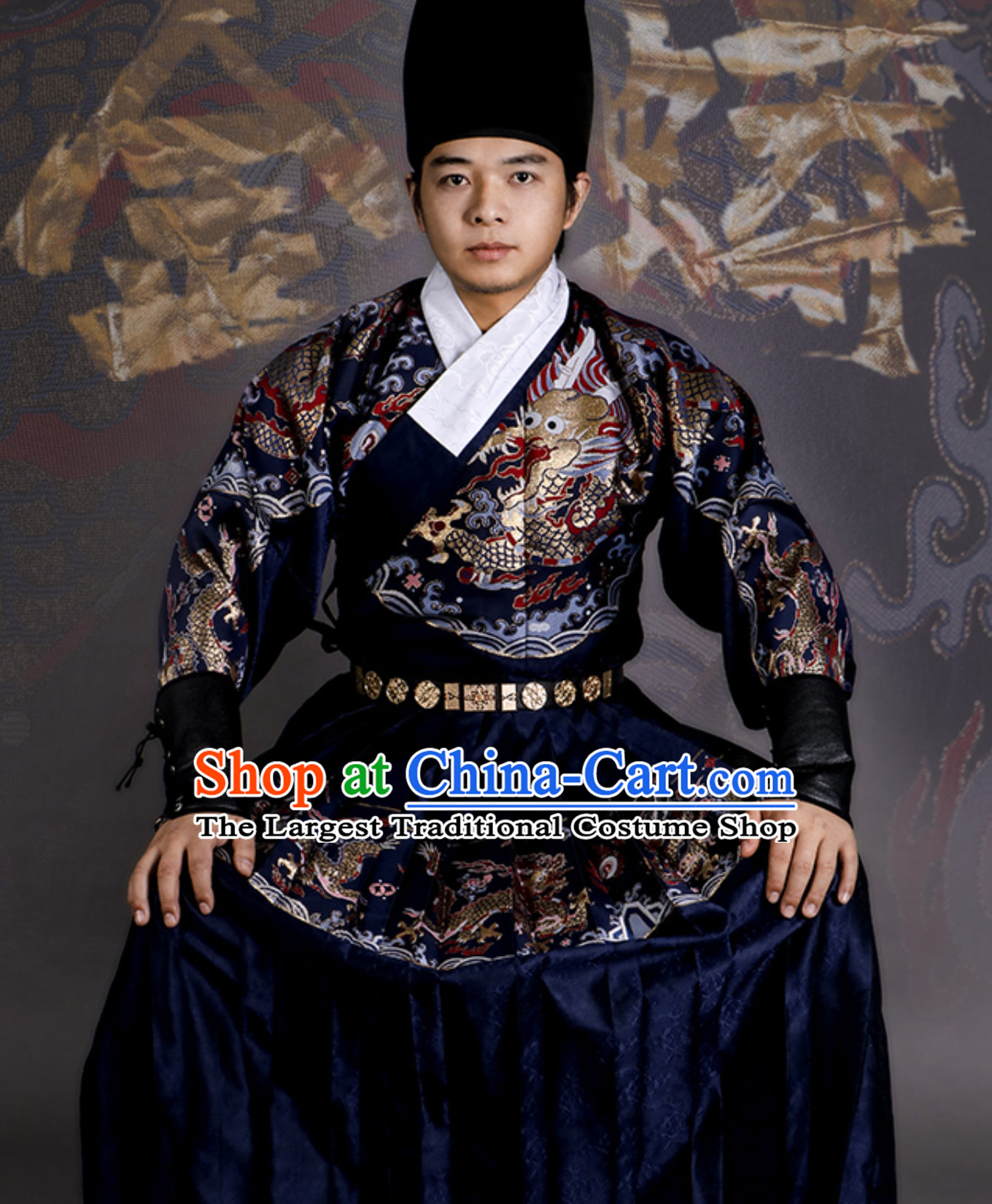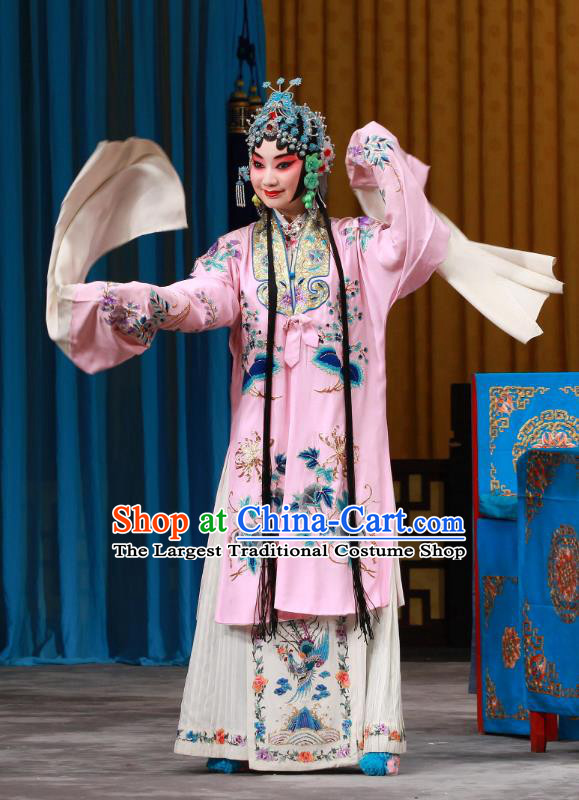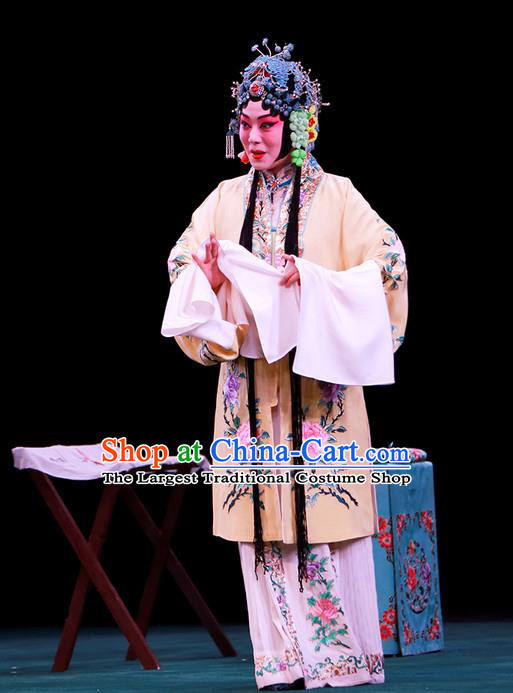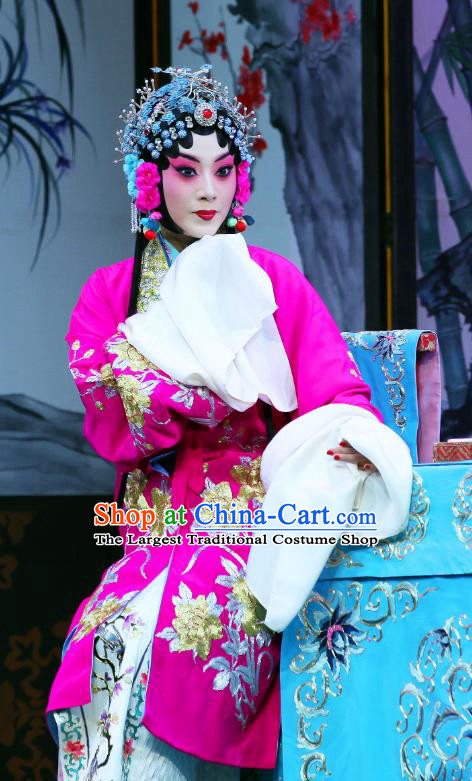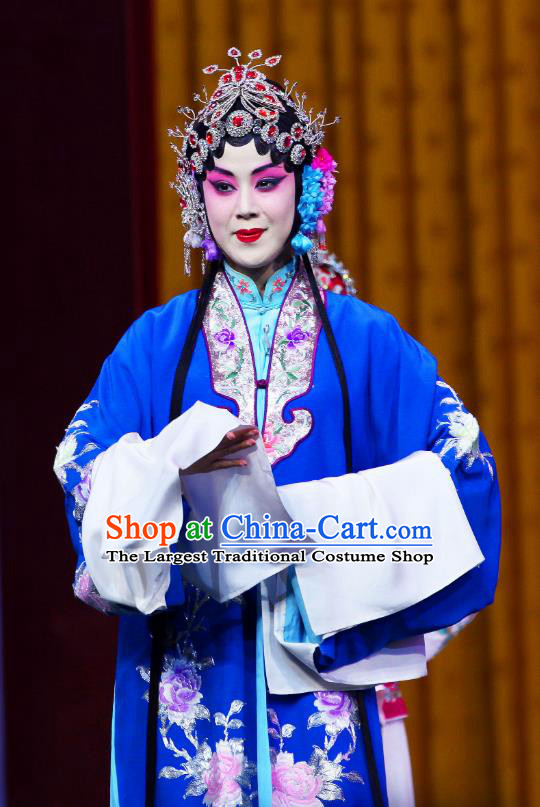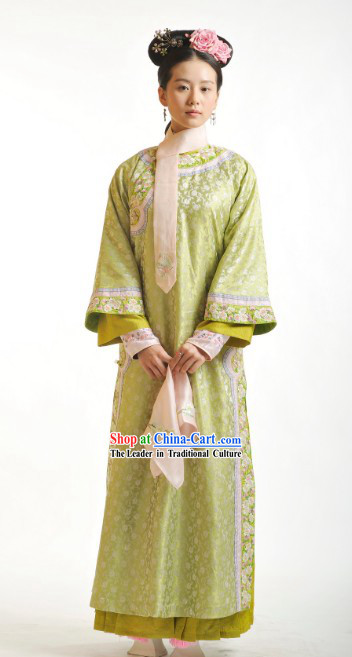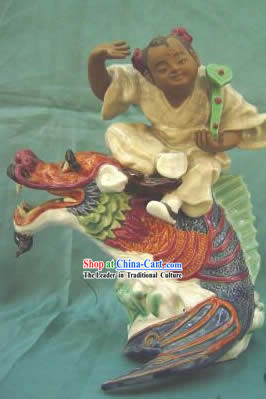
Click Related Pictures for More Audios:
The artwork is a finely crafted porcelain piece titled "Shi Wan-Flying on Dragon."
It depicts a figure riding on the back of a dragon, a scene steeped in mystery and legend that reflects the reverence and respect for dragons in ancient Chinese culture.
Dragons hold significant status in traditional Chinese culture, being seen as symbols of good fortune, authority, and power.
This porcelain piece showcases the artist's unique understanding and expression of the dragon image through intricate detailing and exquisite craftsmanship.
The process of creating porcelain is complex and involves several stages.
First, the design is sketched out, followed by molding, glazing, and firing.
The artist must possess ample experience and skill to ensure that the porcelain has a uniform texture, vibrant color, and is durable.
The figure on this porcelain piece is lifelike, with meticulous attention to detail, showcasing the artist's mastery and focus on precision.
Aside from its artistic value, this porcelain piece also holds historical significance.
It may have been a treasured item in ancient palaces or temples, used for decoration or worship.
By appreciating and studying these cultural relics, we can gain insight into the richness and evolution of ancient Chinese culture.
They are not just works of art but also historical testimonies and cultural legacies.
In conclusion, the "Shi Wan-Flying on Dragon" porcelain piece captivates attention with its exquisite craftsmanship and unique theme.
It represents the reverence and respect for dragons in ancient Chinese culture while showcasing the artist's mastery and attention to detail.
Through appreciation and study of such cultural relics, we can better understand the allure and historical context of ancient Chinese culture.
